My scatter plot has redundant legends. Here is the image of my plot.

On this issue, I already checked the following existing question at StackOverflow: too many legend with array column data in matplotlib
Nevertheless, it did not help. I presume that I am encountering a totally different issue. Please advise me how to resolve this.
Here is my code:
import matplotlib.cm as cm
colors = cm.rainbow(np.linspace(0, 1, N_Clus))
cluster_labels_2 = list(range(1, N_Clus+1))
print("cluster_labels: ", cluster_labels_2)
# Create a figure
plt.figure(figsize=(15,8))
s=0
for color, label in zip(colors, np.asarray(cluster_labels_2).flatten()):
subset = WorkingDF2[WorkingDF2.Cluster == label]
for i in subset.index:
x=np.asarray(subset["Standardized COVID-19 Index"][i]).flatten()
y=np.asarray(subset["Standardized CSS Index"][i]).flatten()
plt.text(x, y, str(subset['Neighbourhood'][i]), rotation=25)
s += 1
plt.scatter(x, y, c=np.array([color]), label='cluster'+str(label),alpha=0.5)
plt.legend(loc='lower right', fontsize=15)
plt.xlabel('Standardized COVID-19 Index', fontsize=18)
plt.ylabel('Standardized CSS Index', fontsize=18)
plt.title("[Hierarchical Clustering: {} Cluster] \n
Mapping of Non-Outlier Neighbourhoods \n
onto Standardized CSS-COVID19 Indices Space \n
".format(N_Clus), fontsize=18)
print('# of Neighbours: ', s)